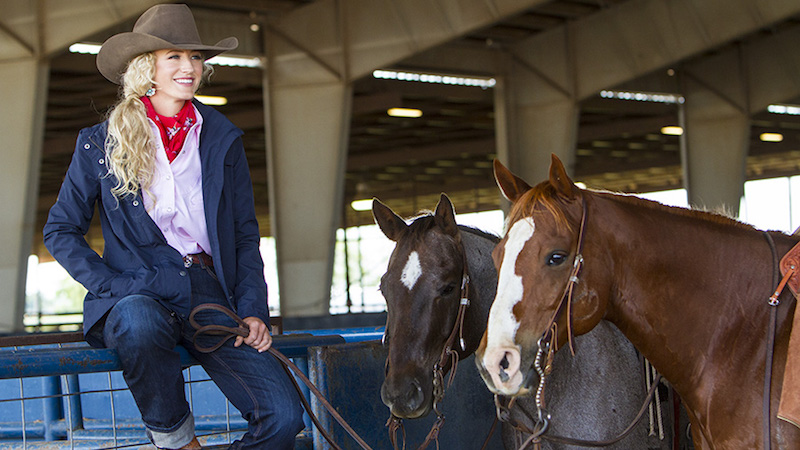Western wear, often synonymous with the rugged charm of the cowboy image, has secured its place in the annals of classic fashion. Despite its association with the hardy outdoorsmen of the American Wild West, this style has transcended its niche origins, demonstrating an enduring appeal that spans across cultures and periods. Its characteristic elements – cowboy boots, denim attire, wide-brimmed hats, and iconic bolo ties – provide a unique blend of functionality and aesthetics.
In this article, we’ll explore the origins of Western wear, the key elements that define its signature style, and how they remain fashionable today.
History of Western Wear
Western wear has its roots in the functional clothing of America’s early cowboys. The utilitarian garments, such as denim trousers and heavy coats, were meant to protect against harsh weather conditions and accidental injuries while on horseback. These staples of the cowboy wardrobe remain fashionable today, albeit with modern updates that better suit contemporary tastes.
In the 1960s, Western wear experienced a renaissance of sorts, thanks to the popularity of country music and its associated “Nashville sound”. This marked the beginning of cowboy couture, which pushed boundaries by blending classic elements with fashion-forward details. Now, there’s an abundance of custom belt buckles from Texas to accessories available that evoke the iconic style.
Key Elements of Western Wear
Western wear has some signature components that have stood the test of time. Among these, denim jeans are an essential item in any wardrobe. Popularized during the gold rush of 1849, this fabric was highly durable and valued for its practicality; today, it remains a dependable staple suitable for all occasions.
Leather jackets provide another classic Western element, typically featuring intricate embossed patterns or fringe detail. These garments give off a timeless look that’s versatile enough to integrate with different styles of clothing.
Other notable additions include heavy flannel shirts for colder climates and cowboy boots – the latter offering protection from chafing and spurs while riding horses. The classic bolo tie is also present, often fashioned from braided leather or metal.
Western Wear in Modern Times
Western wear has retained its popularity throughout the years and continues to inspire fashion trends today. From subtle nods to the classic style with denim jeans and cowboy boots that can be incorporated into everyday outfits, to full-blown interpretations of “vintage” Western looks, the possibilities are virtually endless.
Designers have also given Western wear a modern makeover with reinterpretations of denim, leather, and flannel textures. These items showcase unique styles that add flair to any ensemble.
In addition, the traditional bolo tie is still worn today – often seen on business executives or dressed up for special occasions. In combination with other tailored pieces, such as a crisp shirt or tailored suit coat, this accessory brings an unexpected element to any look.
The Timeless Appeal of Western Wear
As timeless fashion continues to evolve in both classic and modern ways, the appeal of Western wear endures. While its defining characteristics remain steeped in functionality, this style also offers an adaptability that transcends its niche origins.
Western wear remains a versatile wardrobe staple for today’s fashion-forward dressers, offering everything from subtle nods to the classic style with denim jeans and cowboy boots, to full-on interpretations of vintage looks. No matter how you choose to interpret it, the iconic elements of Western wear – such as denim, leather and flannel textures, bolo ties, and cowboy boots – have a certain charm that will never go out of style.
From its rugged beginnings to the present day, the timeless appeal of Western wear is here to stay. With a little imagination and creativity, it’s easy to find the perfect look that expresses your style.
So, if you’re looking to add a bit of classic style and charm to your wardrobe, Western wear is the way to go!



